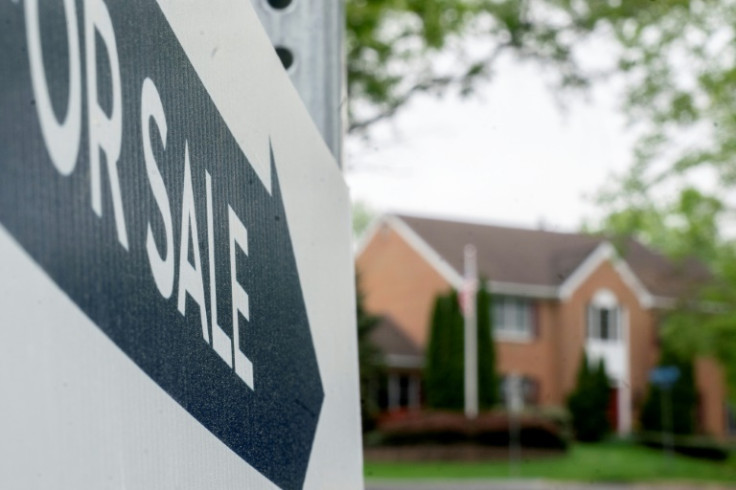
NEW YORK CITY - The average income that Americans must make in order to afford a home has seen a sharp increase to at least $76,000, CBS News reported on Friday. However, the numbers come as an all-time high of Latinos are reported as homeowners.
Redfin defines a home as affordable if a buyer spends no more than 30% of their income on housing, assuming a 3.5% down payment. Despite the $76,000 figure it reports, the typical full-time worker in the U.S. earns roughly $1,145 per week, or roughly $66,000, according to government labor data.
By comparison, only four years ago, people with annual earnings of $40,500 could afford a typical starter house, the online estate firm said in a its report. Rising mortgages and record high home prices are often credited as the culprit for the rising costs beyond the means of many Americans.
"The pandemic housing-market boom changed the definition of a starter home," Redfin Senior Economist Elijah de la Campa said in a statement. "A decade ago, many people thought of a starter home as a small three-bedroom single-family house. Now that type of home could cost seven figures, especially in expensive parts of the country."
Starter homes are typically smaller, modestly priced dwellings, enabling first-time buyers to become homeowners, according to CBS. But these days, many such properties are in poor physical condition and "often require a lot of work to make them habitable— which makes them cost even more," de la Campa said.
The typical starter home sold for $240,000 in February, up 3.4% from the prior year, according to Redfin. In February of 2020, the median sale price for such homes was $169,000, while the average mortgage rate hovered around 3.5%.
This report comes amid an all-time high figure of Latino homeowners.
Some 3.2 million Latino households became homeowners between 2012 and 2022, an increase of 5.4 percentage points that clocked in at 51.2% overall, a report by the National Association of Realtors said.
Nevertheless, affordability and inventory are a persisting challenge for Latinos.
"While the gains should be celebrated, the pathway into homeownership remains arduous for minority buyers," Jessica Lautz, NAR deputy chief economist and vice president of research said.
According to the study, 37% of Hispanic and Asian homeowners spend more than 30% of their income on housing, indicating a considerable affordability challenge. Other hurdles for Latinos include securing a mortgage and dealing with other debts such as student loans.
Latino wealth tripled since 2013, a much faster pace than the rest of the U.S. demographics. However, it's still far away and less than a third than the general population median, which was $192,160 in 2022, according to NAHREP's latest edition of the State of Hispanic Wealth Report.
When breaking down the composition of Latino wealth, home equity stands out as the main source, representing 33.3% compared to the general population's 21.1%.
© 2024 Latin Times. All rights reserved. Do not reproduce without permission.







